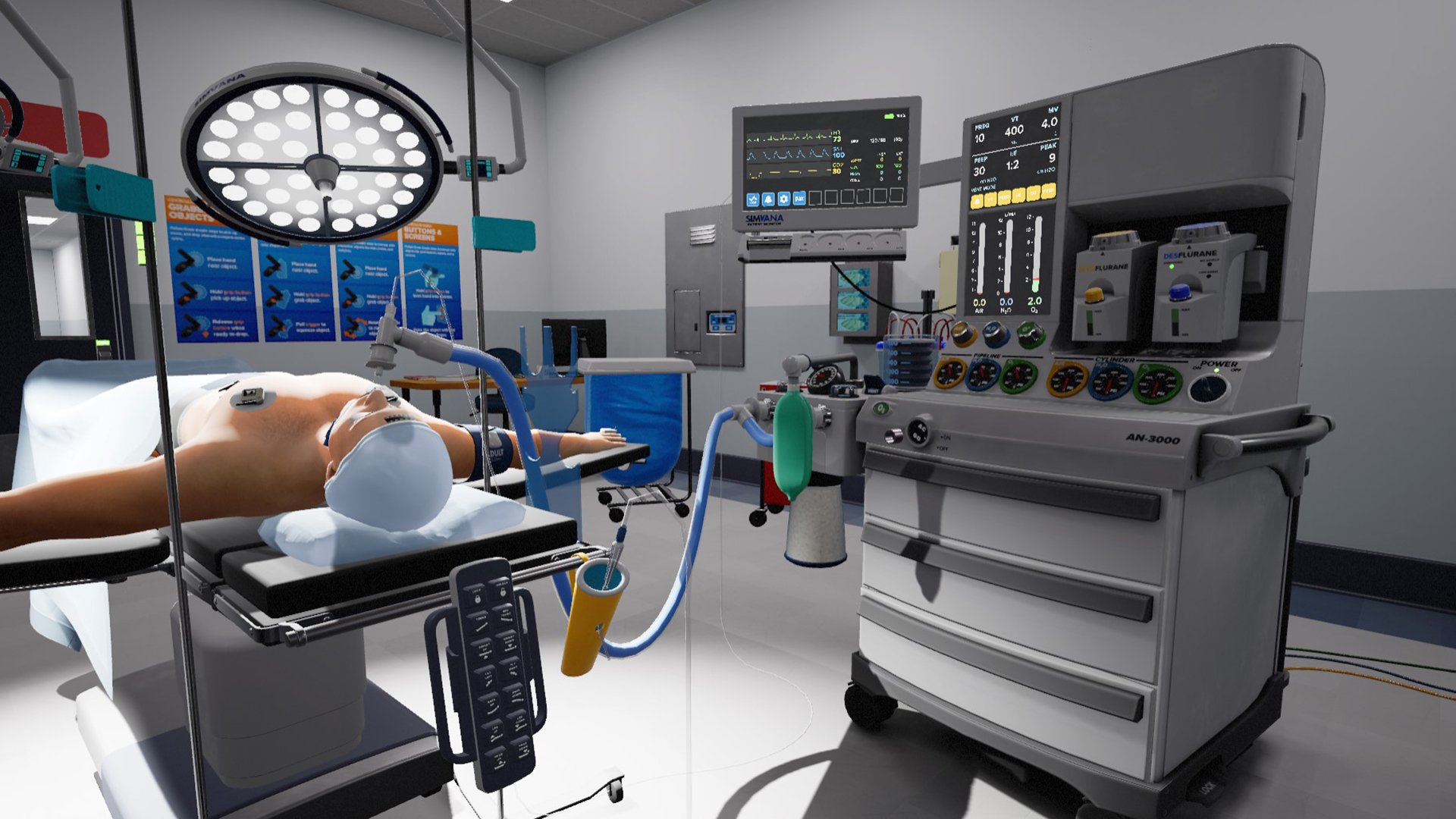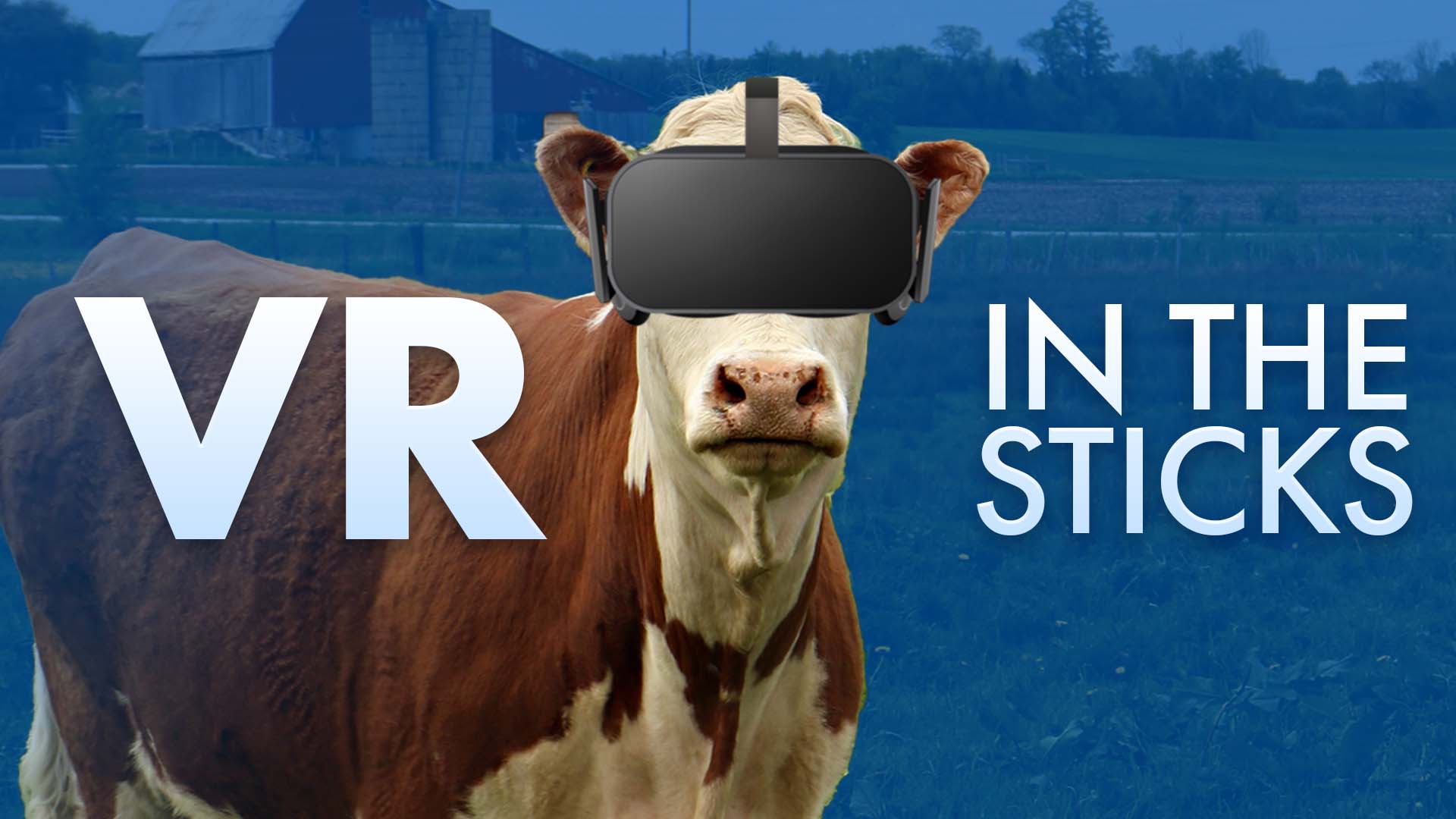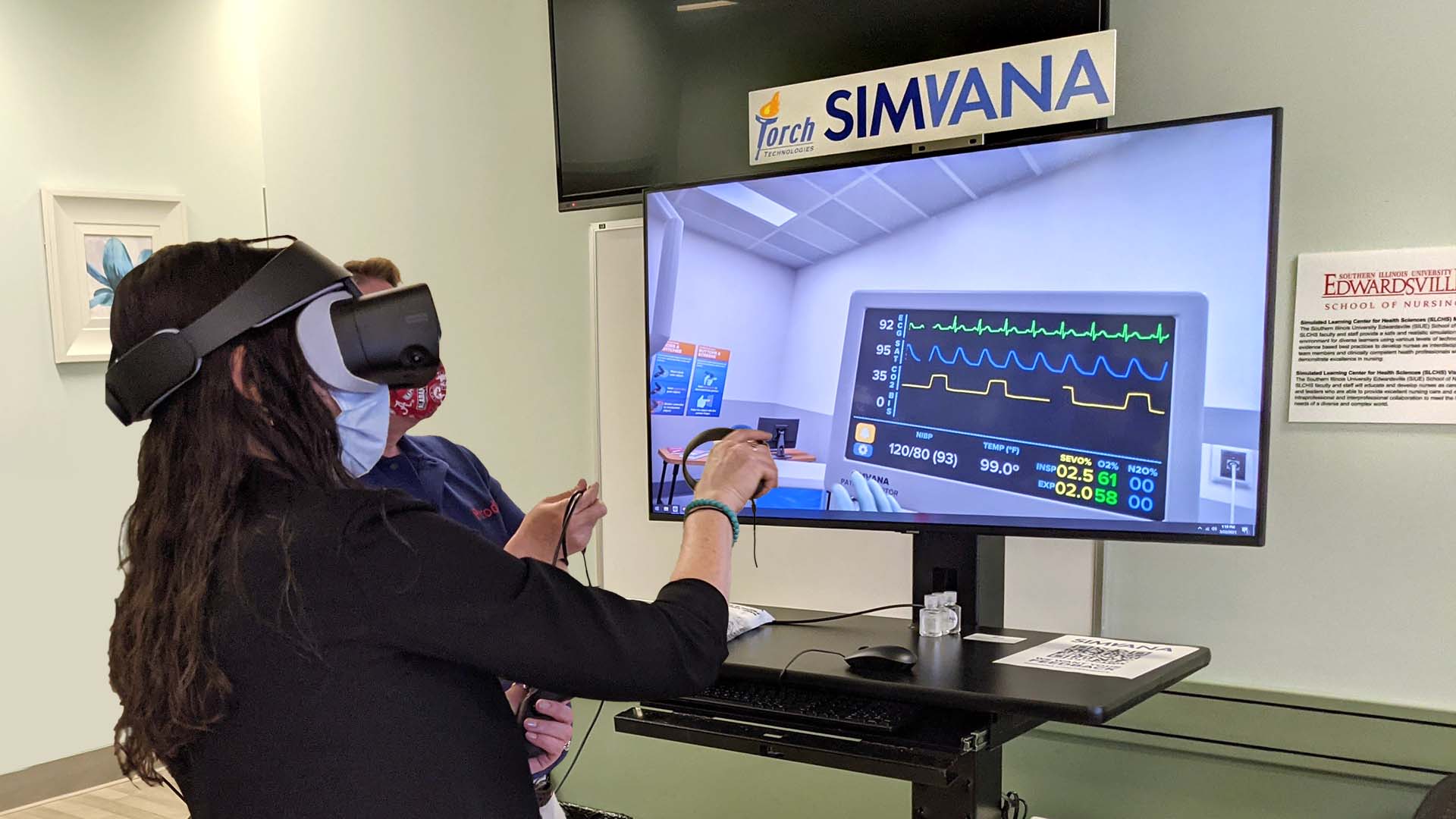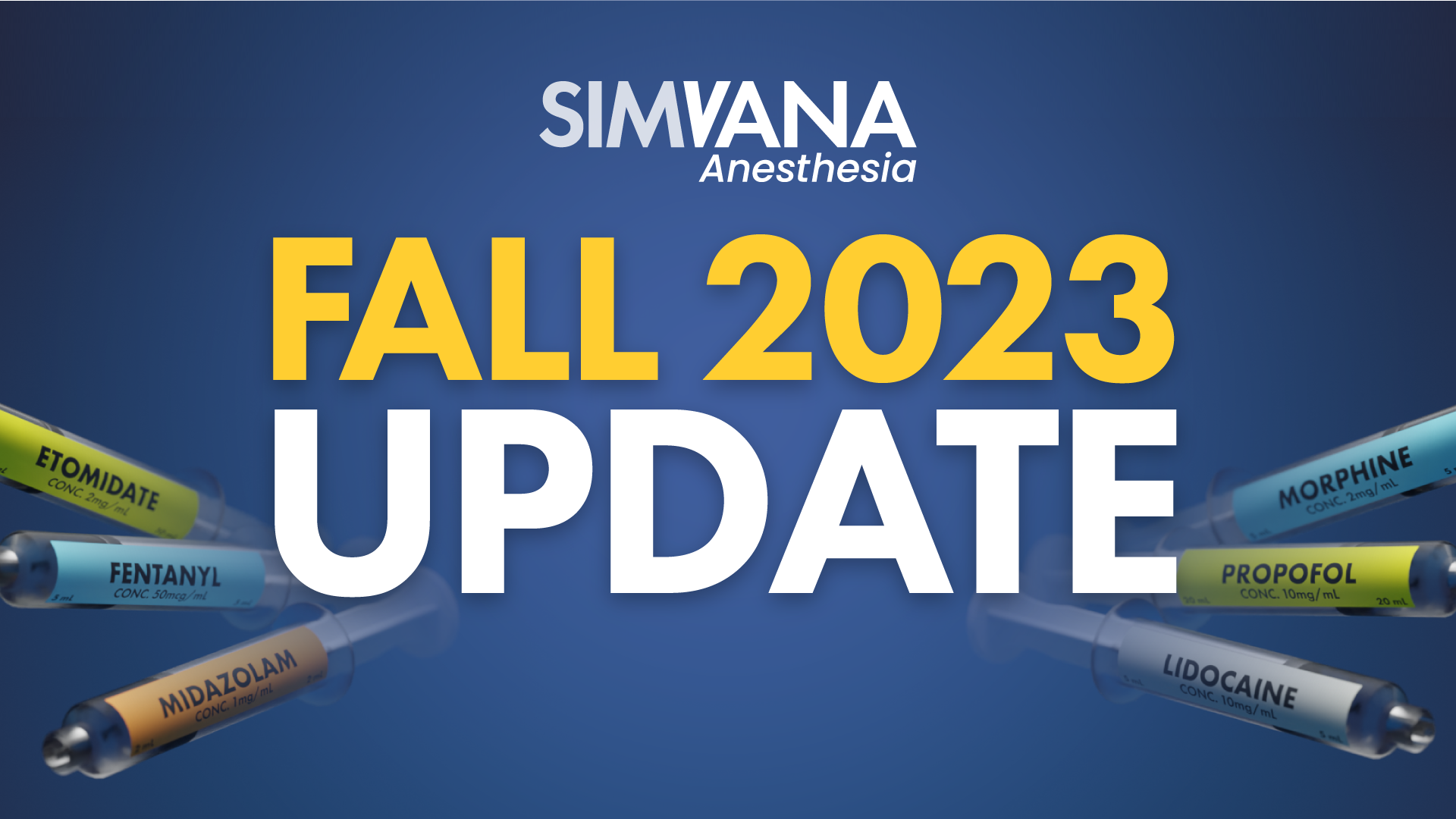SIMVANA used as platform to test viability of VR for training

A pilot study by Peter Stallo submitted in partial fulfillment of the requirements for the Master of Science Degree in Healthcare Simulation at the University of Alabama at Birmingham used SIMVANA as a simulation platform to examine the viability of a virtual anesthesia machine as a substitute for a real-world machine as well as the effects of four, concurrent nausea-mitigation factors. Here is an excerpt from the paper:
The prevalence of VR sickness is a tremendous barrier to the widespread adoption of
immersive VR in healthcare. This pilot study will employ four concomitant VR methods
demonstrated independently in other literature to be effective at mitigating the effects
of VR sickness: 1) teleportation locomotion (Moghadam et al, 2020), 2) viewpoint
snapping (Farmani & Teather, 2018), 3) dynamic field-of-view reduction (Fernandes &
Feiner, 2016), and 4) visual guides (Seok et al, 2020).
Ensuring that users are comfortable in VR, and building an immersive operating room experience are paramount to creating a successful VR based training application. The results of this study helped us build out a more comfrotable and engaging user experience for all SIMVANA users. The results of Peter's research is free to download below.


